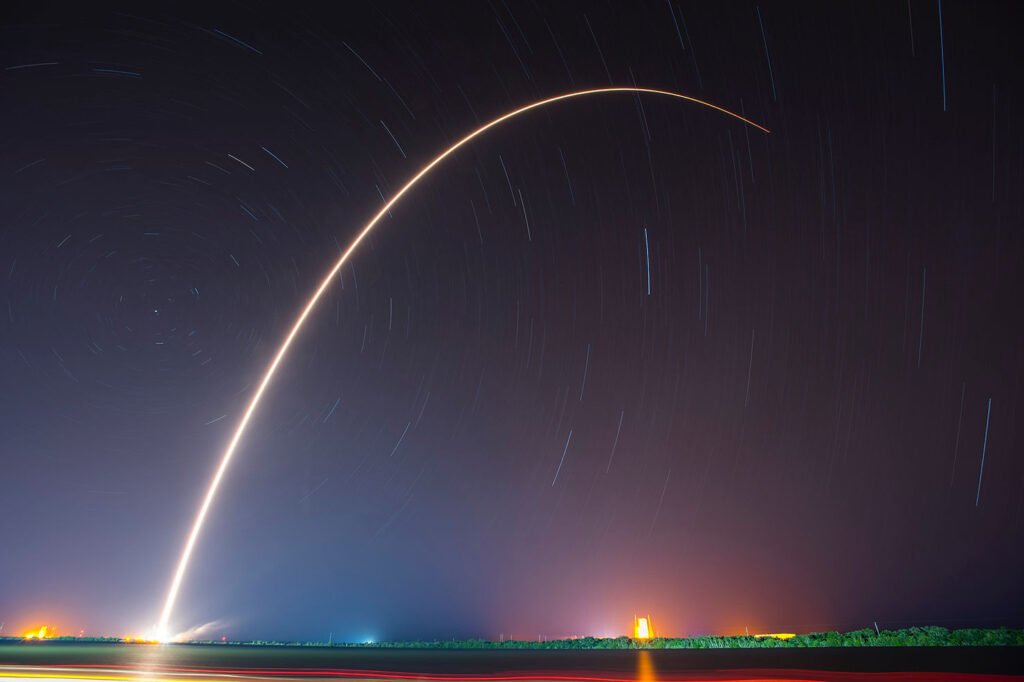On March 31, 1972, the Soviet Union launched a spacecraft with a bold mission: to explore Venus, Earth’s enigmatic sister planet. Named Kosmos 482, this spacecraft was part of the USSR’s ambitious Venera program, designed to send probes to Venus’s hostile environment. However, a malfunction during launch transformed this scientific mission into a decades-long orbital mystery.
Mission Overview
Kosmos 482 was launched aboard a Molniya 8K78M rocket from the Baikonur Cosmodrome. It was intended to deliver a lander to Venus, similar in design to the successful Venera 8 mission. The spacecraft was equipped with a sophisticated suite of instruments to study Venus’s atmosphere and surface, including temperature and pressure sensors, accelerometers, and radio transmitters. Unfortunately, the upper stage of the rocket, the Blok L, failed to operate as planned. The malfunction prevented the spacecraft from achieving escape velocity, leaving it stranded in a highly elliptical orbit around Earth. The main bus and the descent module separated, with the latter continuing its lonely journey through space for more than half a century.
Re-entry and Impact
The descent module, built to endure the extreme conditions of Venus’s atmosphere, was remarkably durable. Its robust construction, meant to withstand immense pressure and heat (up to 500°C and over 90 times Earth’s atmospheric pressure), enabled it to survive in Earth’s orbit for 53 years. Over time, it became a symbol of the unintended consequences of space exploration: long-lasting debris circling our planet.
Finally, on May 10, 2025, Kosmos 482’s descent module re-entered Earth’s atmosphere. Thanks to its heat-resistant shielding and compact, spherical design, it survived the fiery descent and crashed into the Indian Ocean, west of Jakarta, Indonesia. This event marked the end of one of the longest orbital residencies of any artificial object launched into space. Its re-entry was closely monitored by space agencies around the globe, offering a rare glimpse into the behavior of long-orbiting space hardware during atmospheric descent, as reported by Space.com.
Legacy
The return of Kosmos 482 offered a rare opportunity for space agencies to study the long-term effects of space exposure on hardware. Moreover, it served as a stark reminder of the importance of tracking space debris and improving deorbiting strategies for future missions. Scientists are examining telemetry and trajectory data to better understand orbital decay and the materials’ resilience to radiation and temperature extremes over such an extended period.
Kosmos 482 may have failed in its original mission to study Venus, but its story continues to capture the imagination of space historians and enthusiasts alike. Its re-entry concludes a chapter that began in the Cold War era and ended in a modern world still grappling with the legacies of early space exploration.
Want to explore more incredible stories like this? Join the SpaceInfo Club today! Membership is completely free, and you’ll get access to exclusive articles, space news, mission updates, and a community of fellow space enthusiasts. Don’t miss out—our universe is waiting!



